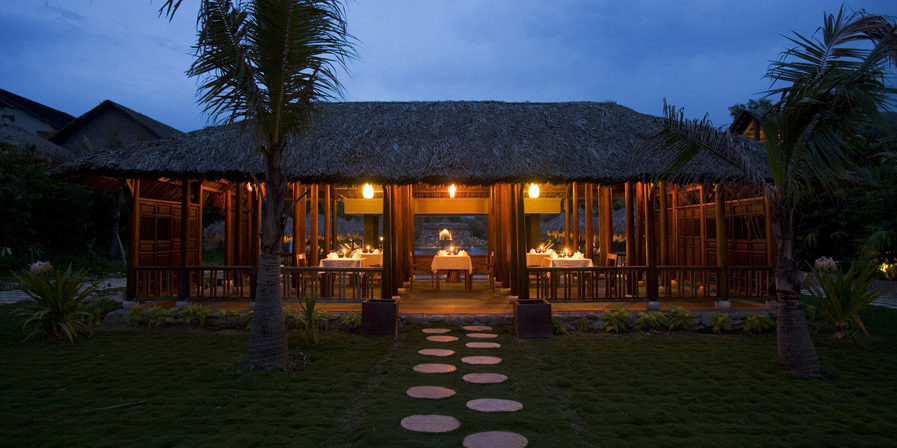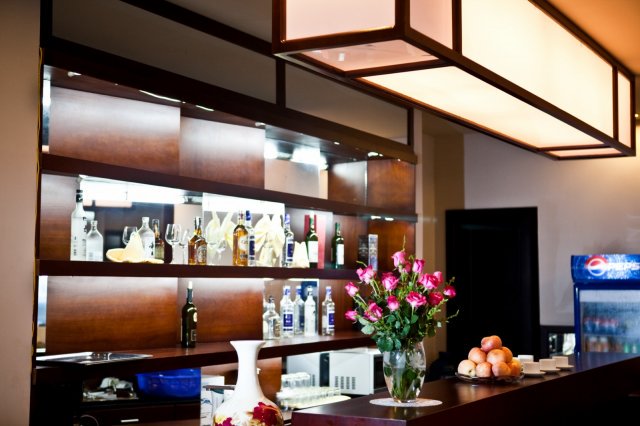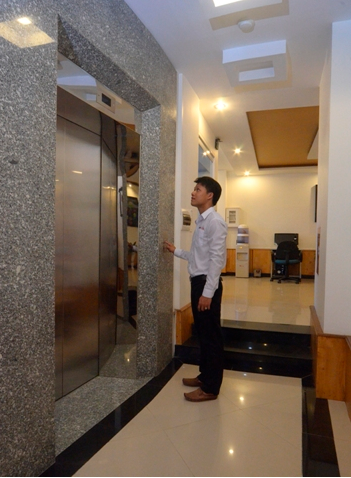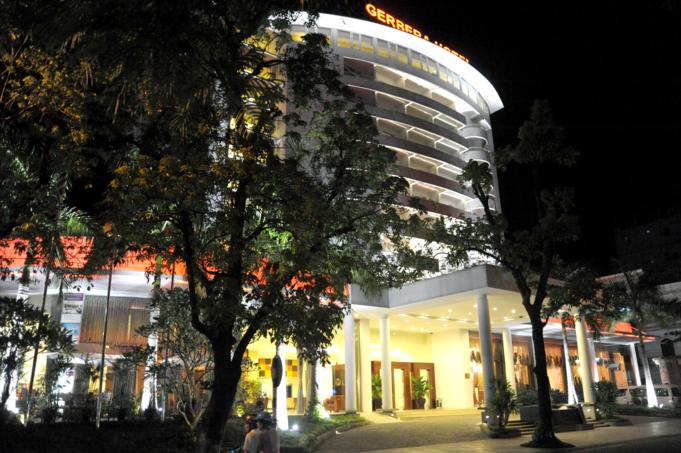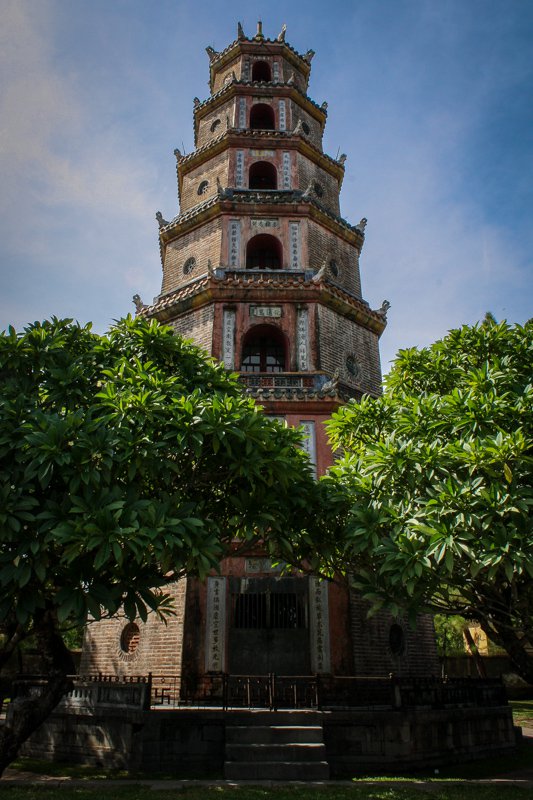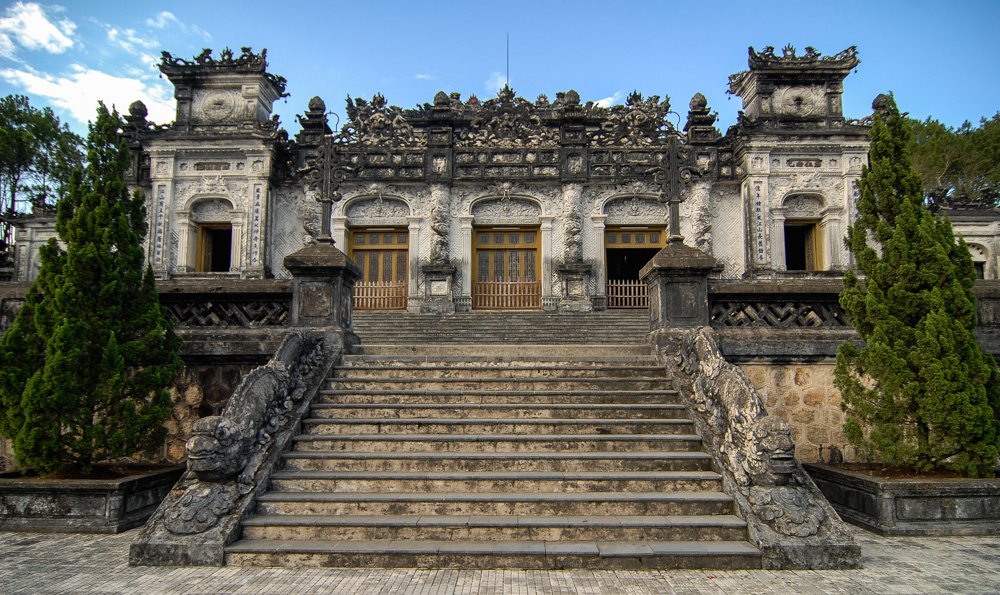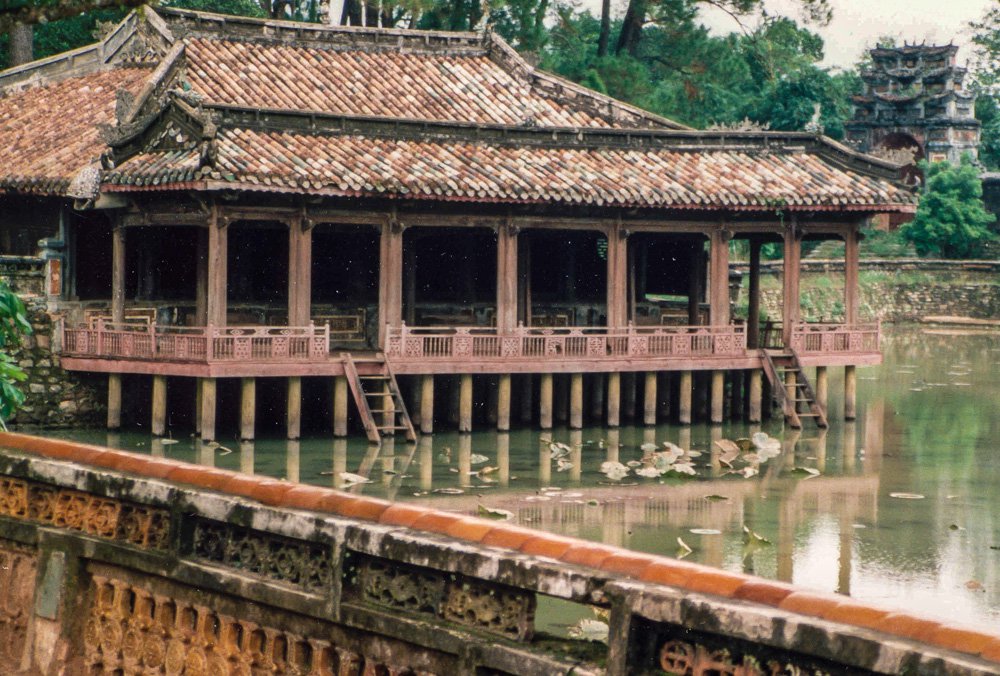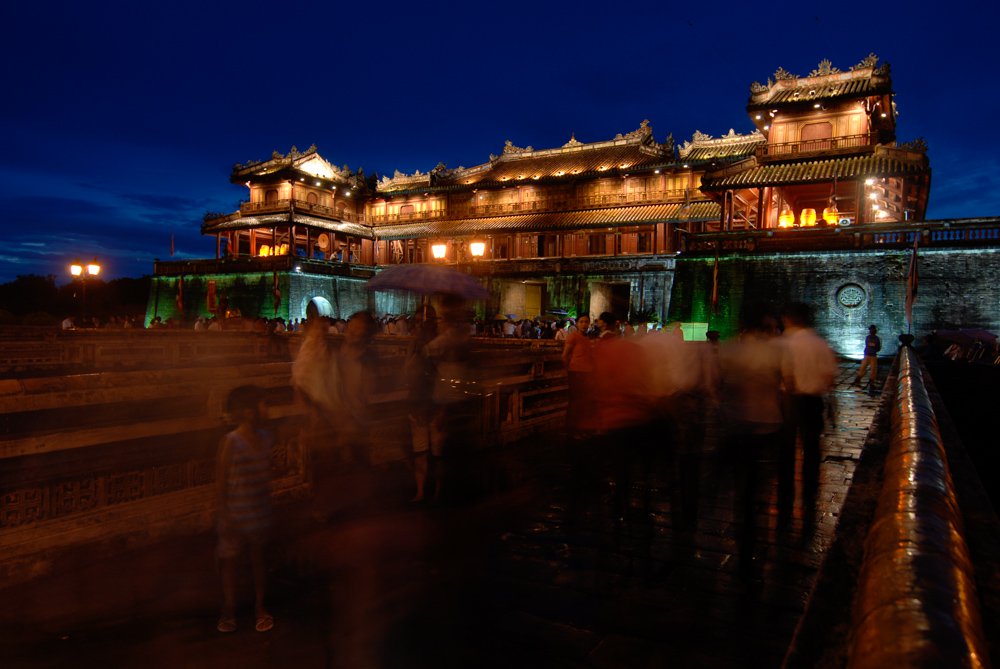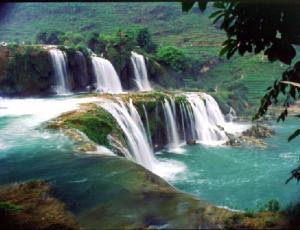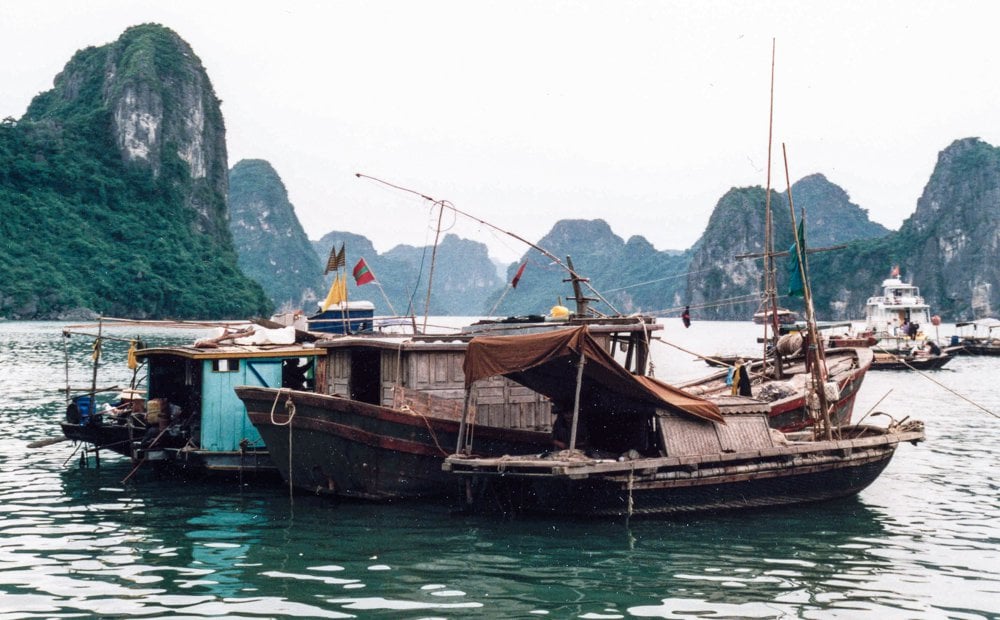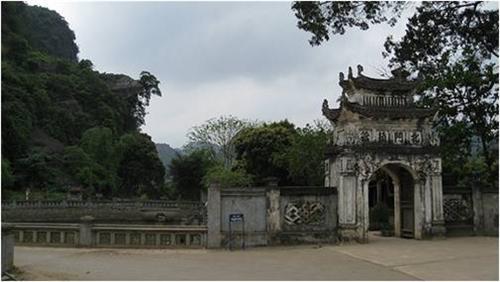

















































Hue
Huế, once the imperial capital of the Nguyen Dynasty, is known as the cultural heart of Vietnam. Several sources claim that the name ‘Hue’ was derived from “Hoà”, meaning harmony, which could be the reason for the Nguyen dynasty to choose Hue as its emperor city. Lying along the banks of the Perfume River (Hương Giang) and embedded in the mountains, Hue has managed to preserve its grandeur and former glory along with its unique atmosphere. For more than a century, from 1802 to 1945 to be exact, Hue was the capital of Vietnam and the emperor's domicile. Its citadel and the Forbidden City are truly important historical destinations that are worth-visiting. In 1993 the UNESCO declared a number of monuments in Hue as world cultural heritage sites.
Hue: places of interest
• Citadel and Imperial City (see article on Citadel of Hue) Resembling the style of the Forbidden City in Beijing, the citadel complex is built with two walls: the Outer Wall (Ngoại Thành) and the Inner Wall (Nội Thành). The impressive Outer Wall, which surrounds the complex, was built between 1805 and 1832, measuring 11 km in length, 6 m in height, and has 11 gates as well as 24 towers. Its Inner Wall (Nội Thành) surrounds the Forbidden City where the Emperor’s Palace is. The area inside this wall used to be reserved only for the imperial family and the royal household. Upon entering the Citadel through the “Midday Gate” (Ngọ Môn, entrance fee 55,000 Dong), a lotus pond sits right next to the entrance of “Hall of Highest Harmony” (Điện Thái Hoà), considered the most important building. This hall used to hold royal ceremonies and was used as an important venue for official receptions.
• Thien Mu Pagoda (see article on Thien Mu Pagoda) The Thiên Mụ Pagoda was built in 1601 during the reign of Southern Vietnam ruler Nguyễn Hoàng (1525-1613). According to an old legend, a Holy Lady who often appeared and predicted that a popular leader of the country would one day establish a pagoda on this hill to bring peace and prosperity to the people. The ruler is said to have built this pagoda in order to fulfil the prophecy. Thiên Mụ (Pagoda of the heavenly woman) also lies on the banks of the Perfume River (Hương Giang), approximately 5 km from Hue.
• Minh Mang Tomb (see article on Minh Mang Tomb) The Minh Mang Tomb is one of the most interesting emperor tombs in Hue. Found on Cam Ke Hill, 12 km outside the city on the west bank of the Perfume River, the tomb could be reached by car or preferably by boat. Emperor Minh Mang (1820 - 1841) was the second son of Emperor Gia Long, who founded Nguyen Dynasty (1802-1945), the last known dynasty in Vietnam’s history. The Minh Mang Tomb is renowned for its remarkable architecture which blends harmoniously with the surrounding landscape. Like other tombs from the same period, the general elements of this tomb’s architecture are its outer-walls, triple gate (Tam Quan Gate), Salutation Court, Stele House, temples, lakes, pavilions, gardens, and the tomb itself.
• Tu Duc Tomb (see article on Tu Duc Tomb) Located in a narrow valley 8 km from Hue (Duong Xuan Thuong village), Tự Đức Tomb is one of the most beautiful pieces of architecture among the tombs of the Nguyen dynasty. Lying in a lush pine forest, this tomb is known as Emperor Tự Đức's (1848-83) final resting place. Of all the emperors of the Nguyen dynasty, his reign was the longest.
• Khai Dinh Tomb (see article on Khai Dinh Tomb) Emperor Khải Định, who ruled from 1916 till 1925, chose his tomb to be built on the slope of Chau Chu mountain, 10 km from Hue. Its construction began in 1920 and lasted eleven years. Among the tombs of the Nguyen dynasty, his tomb’s architecture was widely criticized for applying concrete elements and incorporating Vietnamese and Western concepts in its structure (admission fee: 55,000 Dong). During the colonial era, such was considered an attempt to decline the Vietnamese culture.
• Hue’s Festival The cultural Festival of Hue is celebrated biannually in even-numbered years. The festival is presented with a large number of local and international cultural performers held in several locations within the city. One of the cultural highlights of the festival, an event called “Dem Hoang Cung” offers a fabulous dinner show inside the citadel. During the festival period, hotel bookings should be made in advance. Hue: getting around and transportation
• Air At Phu Bai Airport (ca. 20 km south of the city center), Vietnam Airlines (office 23 Nguyen Van Cu Street, Tel. 3 824 709) offers several flights to Hanoi and Ho Chi Minh City (HCMC) daily.
• Bus Taking Hung Vuong Street, Hue’s main bus station extends 4 km to the southeast. Several connections to Da Nang are available (40,000 Dong, 3 hours). The An Hoa bus station (Hwy 1A), northwest of the citadel, caters northern destinations like Dong Hoi, Dong Ha, Quang Binh. Hue also is a regular stop destination of the “open-tour bus” routes (e.g. Sinh Café’s special service to foreign travellers). Most buses normally drop passengers off in Hung Vuong Street and pick them up from their hotels. Companies like Mandarin and Sinh Café handle bookings for the bus to Laos (e.g. Savannakhet).
• Train Hue's train station (Tel 3 822 175, 2 Phan Chu Trinh Street) is at the southwest end of Le Loi Street and offers rides on the Reunification Express Train (Hanoi-Saigon-Hanoi). Destinations included are Hanoi, Vinh, Da Nang, Nha Trang and Saigon (HCMC).




